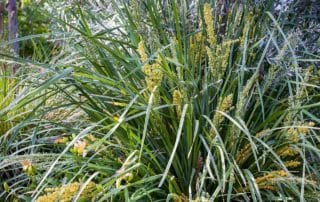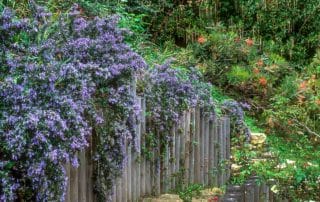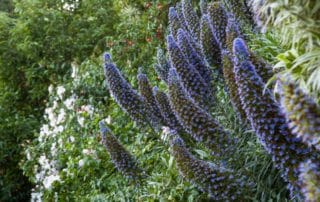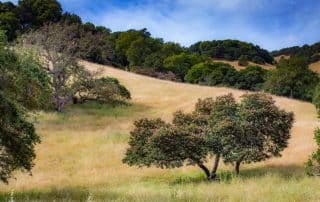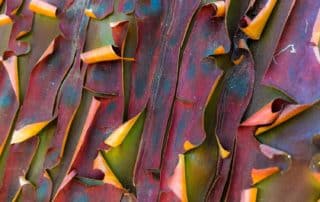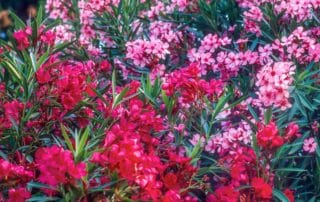Some of our favorite plants and gardens for summer-dry climates.
Learning to Love Lomandras
I long resisted the siren call of lomandras as these evergreen, grasslike plants increasingly appeared in highly regimented commercial landscapes and city medians. They are, after all, decidedly not native to North America's Pacific coast, the flower spikes are often disturbingly spiny-looking and messily ungrasslike, and the most commonly seen lomandras can seem too perfect in both form and color to be real. Lomandra longifolia Watching these plants develop into full form over several years, I searched for incipient tendencies to spread, to flop, or to lose their attractive form or color. Nowhere did they change much over


